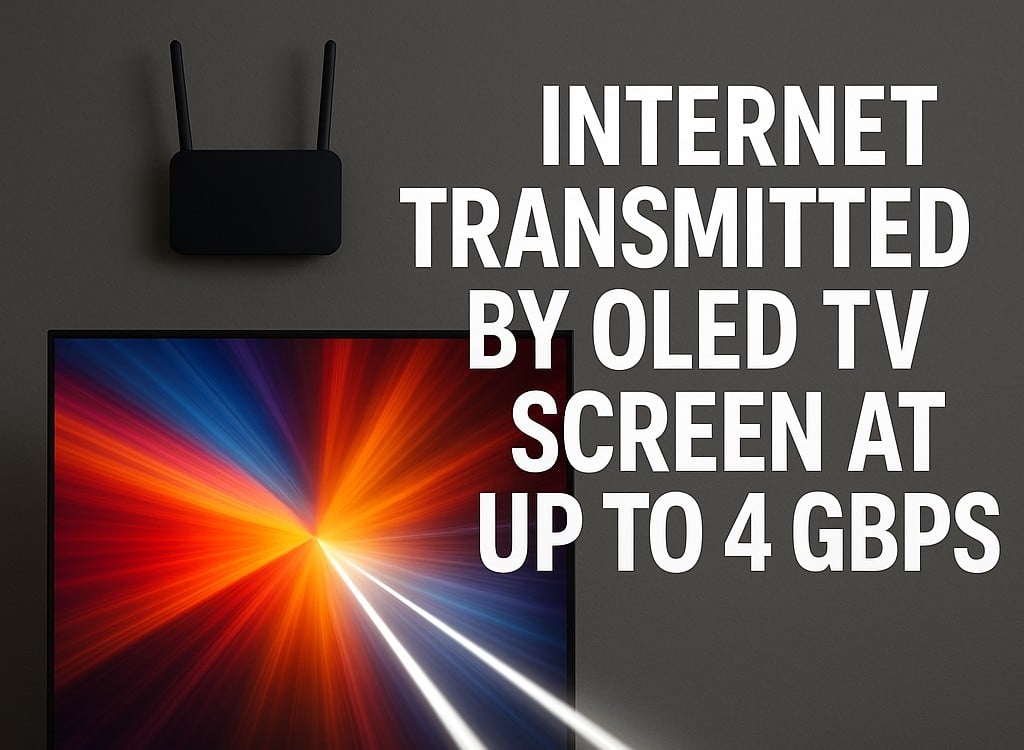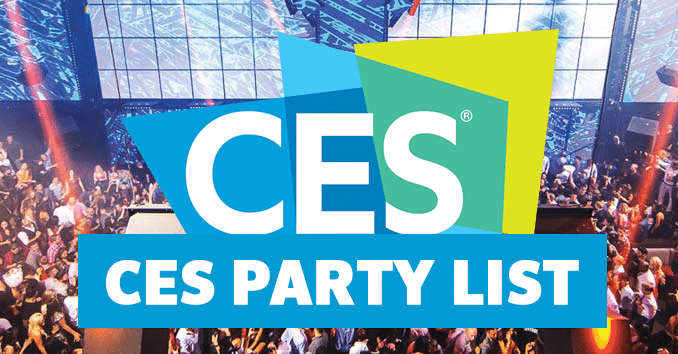
Your WiFi router just got schooled by a TV screen. Researchers at the University of St Andrews and Cambridge University achieved something that sounds like science fiction: transmitting internet data at 4 Gbps using OLED display technology. That’s roughly double the speed of your premium home WiFi on its best day.
The Breakthrough That Changes Everything
Think of it like this—instead of invisible radio waves bouncing around your house, your data travels through controlled light beams. The researchers used specially engineered OLED panels (not the ones in your current TV, but similar organic materials) to beam information at record-breaking speeds.
Here’s where it gets interesting for your smart home setup. The technology maintained 4 Gbps speeds at 2 meters and still delivered a respectable 2.9 Gbps at 10 meters—easily covering most rooms.
Unlike previous display technologies, this experiment hinged on significant organic optoelectronic device performance advances using innovative organic compounds. Previous attempts at light-based internet topped out around 3.2 Gbps using wavelength division multiplexing. This breakthrough smashed that ceiling by developing more stable organic compounds that handle high power loads without degrading.
Why Light-Based Internet Actually Makes Sense
Remember those dead zones where your WiFi mysteriously vanishes? Light-based transmission eliminates that frustration because you can see exactly where your connection reaches.
More importantly, light doesn’t penetrate walls like radio frequencies do. Your neighbor can’t accidentally (or intentionally) intercept your Netflix password when it’s traveling through visible light beams instead of broadcasting through the air.
Hospitals particularly benefit from this approach—no more worrying about wireless interference with sensitive medical equipment.
The Reality Check
Before you start shopping for light-powered internet, pump the brakes. These are custom-built research devices, not consumer-ready products. The OLED panels required specialized engineering for sustained high-power operation—something your current smartphone or TV display can’t handle.
The real magic happens when manufacturers integrate this technology directly into everyday devices. Imagine your TV doubling as a secure data hub, or smart lighting fixtures that actually make your home smarter by transmitting information alongside illumination.
This technology won’t replace fiber optic backbones (Japan recently hit 402 Tbps with advanced fiber setups), but it could transform how devices communicate within your home. Your future smart home might literally light the way to better connectivity.
Last modified: July 21, 2025







